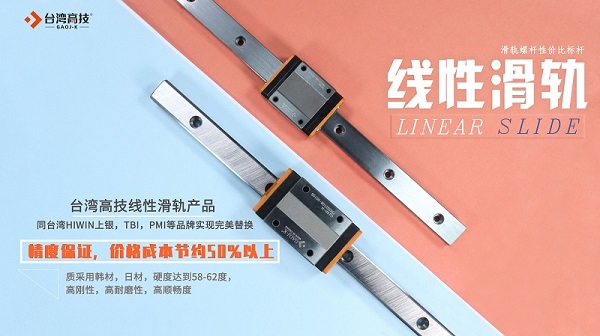1、Friction: Both static and sliding friction can affect the motion precision of guide rails. Static friction can cause stickiness in the slider, while sliding friction can result in positional drift, thus affecting the positioning accuracy of the guide rail.
2、Bending: Guide rails may experience bending when subjected to heavy loads, especially when the load distribution is uneven. Excessive load can cause the guide rail to bend, leading to motion error.
3、Temperature: In high or low temperature environments, the material of the guide rail may undergo thermal expansion or contraction, causing changes in its length and geometric shape, which in turn affects the motion precision of the guide rail.
To reduce motion error in high precision linear guide rails, various measures can be taken, such as optimizing the design of the guide rail and slider, improving machining precision, adopting advanced lubrication technology and temperature control techniques. Regular maintenance and upkeep of the guide rails to ensure they are in good working condition is also an important means of reducing motion error.
With the continuous development of industrial automation technology, the application prospects of linear guide rails are extremely broad, and their application areas will continue to expand. Industries such as mechanical machining, precision parts, aerospace, marine exploration, robotics, and semiconductor manufacturing will also become important application areas for linear guide rails. If you have any other questions or purchasing needs, please feel free to contact us for consultation!



